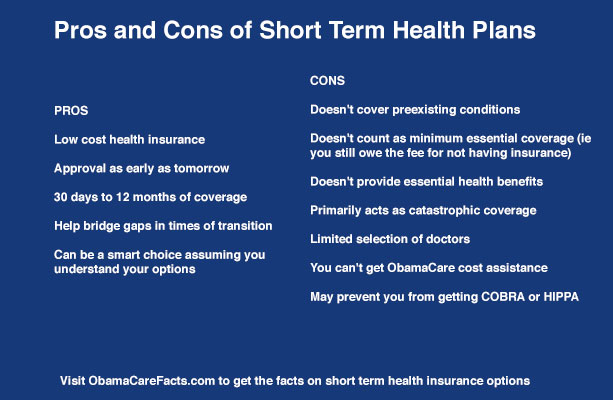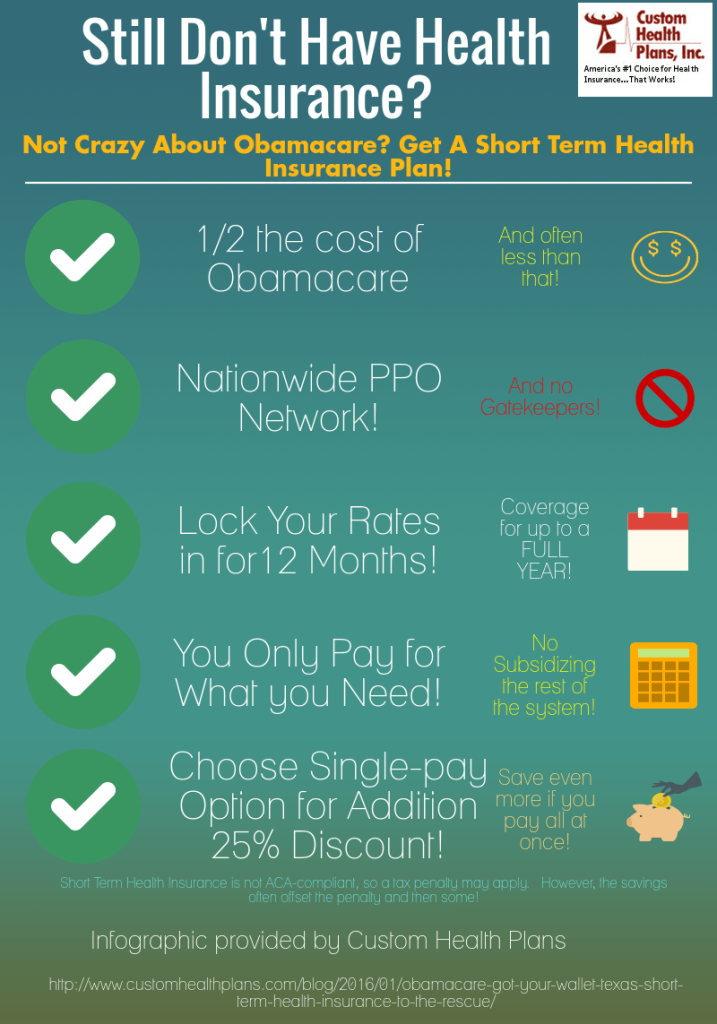Everything about Medicare Advantage Agent
Everything about Medicare Advantage Agent
Blog Article
The 10-Second Trick For Medicare Advantage Agent
Table of ContentsSee This Report on Medicare Advantage AgentSome Known Factual Statements About Medicare Advantage Agent The 9-Minute Rule for Medicare Advantage Agent

follows from perplexing the reasonably young age profile of the uninsured with the much better wellness, typically, of more youthful persons. This obscures the link between wellness standing and medical insurance. For those without access to work environment health and wellness insurance policy, inadequate wellness is a potential barrier to acquiring nongroup coverage due to the fact that such coverage might be very valued, omit preexisting conditions, or be merely not available. The variety of uninsured Americans is not specifically large and has actually not transformed in recent times. 7 out of ten participants in a nationally representative survey assumed that fewer Americans did not have health insurance than in fact do(Fronstin, 1998). Roughly fifty percent(47 percent )thought that the number of individuals without wellness insurance policy decreased or remained continuous over the latter fifty percent of the last years(Blendon et al., 1999). This decline of almost 2 million in the number of individuals 'without insurance coverage (a decrease
of about 4 percent)is definitely a favorable modification. With a softer economic climate in 2000 the most recent reported gains in insurance coverage may not continue(Fronstin, 2001 ). The decline in the variety of without insurance will not proceed if the economic climate stays slow-moving and health care expenses proceed to outpace inflation. This is since the data were accumulated for a duration of solid economic efficiency. Of the estimated 42 million people who were uninsured, all however regarding 420,000(regarding 1 percent)were under 65 years of age, the age at which most Americans become eligible for Medicare; 32 million were grownups between ages 18 and 65, about 19 percent of all adults in this age; and 10 million were kids under 18 years old, concerning 13.9 percent of all youngsters (Mills, 2000). These estimates of the variety of persons uninsured are created from the yearly March Supplement to the Existing Population Survey (CPS), carried out by the Census Bureau. Unless otherwise noted, nationwide price quotes of people without health insurance coverage and proportions of the population with different kinds of protection are based upon the CPS, one of the most widely made use of resource of quotes of insurance protection and uninsurance rates. These studies and the estimates they generate are described briefly in Table B. 1 in Appendix B - Medicare Advantage Agent. These studies vary in dimension and sampling methods, the questions that are asked about insurance coverage
The 15-Second Trick For Medicare Advantage Agent
insurance coverage, and the time period over which insurance policy coverage or uninsurance is gauged(Lewis et al., 1998, Fronstin, 2000a ). Still, the CPS is specifically helpful since it produces yearly price quotes fairly rapidly, reporting the previous year's insurance policy coverage approximates each September, and since it is the basis for a constant collection of quotes for even more than 20 years, enabling evaluation of fads in coverage gradually.

The Only Guide to Medicare Advantage Agent
Over a three-year duration starting early in 1993, 72 million people, 29 percent of the united state population, lacked insurance coverage for a minimum of one month. Within a solitary year(1994), 53 million individuals experienced at the very least a month without insurance coverage(Bennefield, 1998a). Six out of every 10 uninsured grownups are themselves employed. Although working does boost the probability that a person and one's member look these up of the family will go certainly have insurance policy, it is not a warranty. Even participants of families with 2 full time breadwinner have practically a one-in-ten possibility of being without insurance (9.1 percent uninsured price)(Hoffman and Pohl, 2000 ). The relationship in between health insurance policy and access to care is well developed, as documented later on in this phase. The partnership in between wellness insurance coverage and health and wellness end results is neither direct neither easy, a considerable medical and wellness solutions study literary works web links wellness insurance coverage
to improved enhanced to care, better far betterTop quality and improved enhanced individual population health wellnessCondition The 2nd record, on personal wellness end results for uninsured adults, is represented by the inner circle of the figure, while the third record, on family members health, incorporates the subjects of the second record however emphasizes a various unit of analysis, particularly, the family. The sixth record in the collection will certainly provide info about techniques and campaigns carried out locally, statewide, or across the country to resolve the lack of insurance coverage and its adverse influences. Degrees of evaluation for taking a look at the effects of uninsurance. This conversation of wellness insurance coverage concentrates mostly on the U.S. population under age 65 due to the fact that virtually all Americans 65 and older have Medicare or various other public protection.
Furthermore, it focuses particularly on those without any kind of medical insurance for any length of time. The problems faced by the underinsured are in some areas similar to those encountered by the uninsured, although they are normally much less extreme. Uninsurance and underinsurance, nonetheless, involve clearly different plan concerns, and the strategies for resolving them might differ. Throughout this study and the five records to adhere to, the major focus is on persons without medical insurance and hence no aid in spending for wellness treatment past what is offered through charity and safeguard institutions. Health insurance policy is a powerful aspect influencing invoice of treatment because both patients and physicians reply to the out-of-pocket cost of services. Medical insurance, nevertheless, is neither required neither sufficient to get to clinical services. The independent and straight impact of health and wellness
insurance coverage protection access to health health and wellness is well establishedDeveloped Others will get the wellness treatment they need also without medical insurance, by paying for it expense or seeking it from suppliers who offer care free or at very subsidized rates. For still others, wellness insurance coverage alone does not ensure invoice of More hints care as a result of various other nonfinancial barriers, such as a lack of health treatment suppliers in their community, restricted accessibility to transportation, illiteracy, or etymological and cultural differences. Formal research regarding without insurance populations in the USA dates to the late 1920s and very early 1930s when the Board on the Expense of Healthcare produced a series of records concerning funding doctor workplace visits and hospitalizations. This concern became salient as the numbers of clinically indigent climbed during the Great Clinical depression. Empirical studies regularly support the link between accessibility to care and boosted health and wellness end results(Bindman et al., 1995; Starfield, 1995 ). Having a regular source of care can be taken into consideration a forecaster of access, instead than a straight measure of it, when health and wellness end results are themselves utilized as accessibility indications. This expansion of the idea of access measurement was made by the IOM Committee on Monitoring Gain Access To to Personal Healthcare Solutions(Millman, 1993, p. Whether moms and dads are guaranteed appears to impact whether their kids receive care in addition to just how much careeven if the kids themselves have coverage(Hanson, 1998). The health and wellness of parents can impact their capability to look after their kids and the level of family tension. Fretting regarding their kids's access to care is itself a source of stress for parents. Three phases comply with in this record. Phase 2 supplies a summary of just how employment-based health insurance, public programs and individual insurance plan run and engage to offer substantial but insufficient coverage of the united state populace. This includes a testimonial of historical trends and public plans influencing both public and exclusive insurance policy, a conversation of the interactions among the different kinds of insurance coverage, and an assessment of why individuals move from one program to another or wind up

Report this page